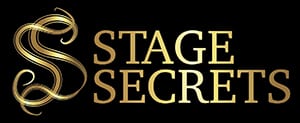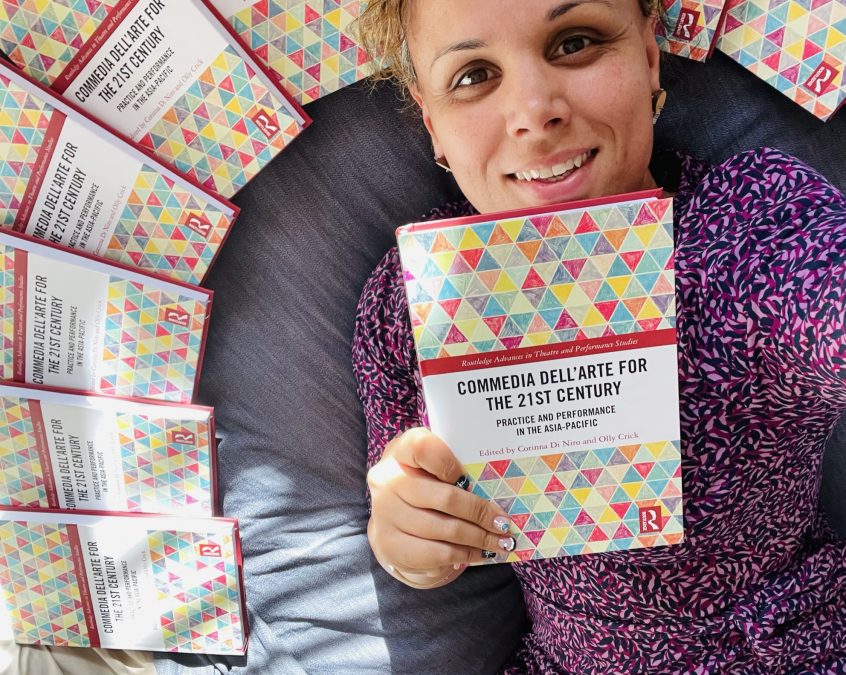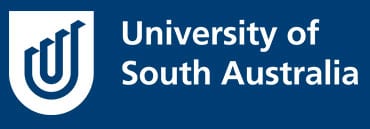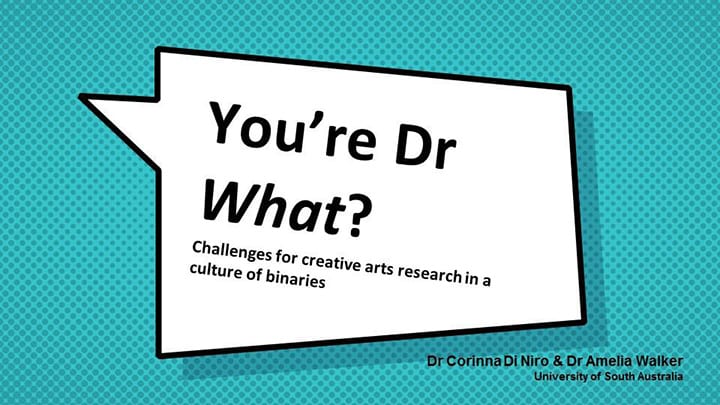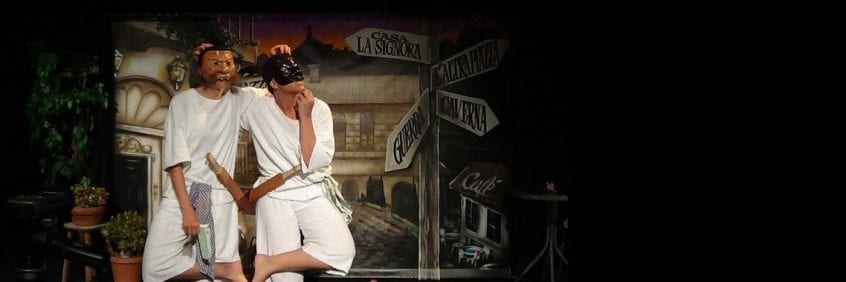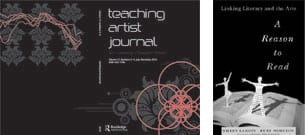As the first in what I hope will become a series of interviews and articles about what people and companies are doing during the closure of theatres and isolation of individuals, I approached Dr. Corinna Di Niro. Her Doctorate is in Commedia dell’Arte in 21st Century Australia with reference to Antonio Fava’s method, a world first, but she is now expanding her work into other areas.
Walker & Di Niro: Creative Duoethnography
Creative duoethnography: a collaborative methodology for arts research. Duoethnography is a dialogic methodology originally developed for social, health, and educational research (Sawyer & Norris 2015).
‘You’re Doctor What? Contemporary challenges for creative arts research in a culture of binaries’, in Lived Experiences of Women in Academia (2018)
Dr Corinna Di Niro featured in Lived Experiences of Women in Academia.
Lived Experiences of Women in Academia shares meaningful stories of women working in the academy, from numerous disciplines, backgrounds and countries, to unveil the complex and distinct dimensionalities they experience in their life and work.
‘Spitballing, slapstick, lazzi and improvisation: the benefits of practising Commedia dell’Arte in secondary schools’
Commedia dell’Arte is the 16th century genre of theatre from Italy where characters such as Pantalone, Dottore, Il Capitano and Arlecchino reappear in performances showcasing human frailties in comic ways.
PhD – Dr Corinna Di Niro: Performing commedia dell’Arte in a contemporary Australian context with reference to Antonio Fava’s method: a continuous translation
Continuous translation of Commedia dell’Arte involves a dual process of performance practice and an understanding of the genre’s history.
Di Niro, C. ‘Creating balance in the classroom: A reason to read: linking literacy and the arts (Book Review)’
Based on the work by the Arts Literacy Project, formed in 1998 at Brown University and now responsible for various initiatives throughout the United States, Mexico, and Brazil, A Reason to Read: Linking Literacy and the Arts presents a series of introductory principles supported by classroom activities that aim to engage a full range of learners in literary learning via the arts.
